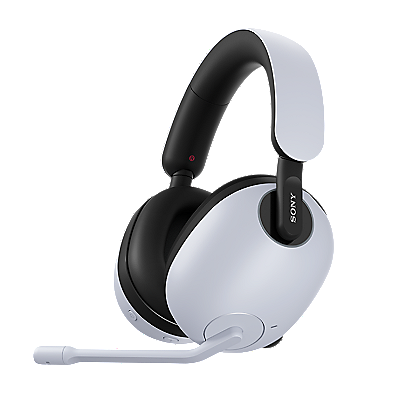Zoom and prime lenses
Lenses can be classified as zoom or prime. With the former, the focal length is adjustable, and with the latter, it's fixed.
Let's see what features each type offers.
Zoom lenses
With a zoom lens, you can change the focal length.
On an 18-135 mm lens, for example, the focal length can be set to any length between 18 mm and 135 mm. While keeping the same distance from subjects, you can shoot with many different angles of view.
18 mm
135 mm
F-numbers
On some lenses, the f-number varies by zoom position, and on others, it doesn't change. You can tell from the lens name, such as in F4.5-5.6 or F2.8.
In the case of the lens SEL70300G (FE 70-300 mm F4.5-5.6 G OSS) the f-number ranges from 4.5 at a focal length of 70 mm to 5.6 at 300 mm.
In contrast, for SEL1655G (E 16-55 mm F2.8 G) lenses, the f-number is 2.8 at all focal lengths.
High-magnification zoom
Wide-angle zoom lenses have a wide-angle range, standard zoom lenses have a standard-angle range, and telephoto zoom lenses have a telephoto range.
Zoom lenses that cover a broad range from wide-angle to telephoto, such as the SEL18135 (E 18-135 mm F3.5-5.6 OSS), are described as high-magnification zoom lenses. These are convenient because a single lens allows you to shoot with many angles of view.
Power zoom lenses
Power zoom lenses are distinguished by model numbers that begin with SELP, as in SELP18105G (E PZ 18-105 mm F4 G OSS). For smooth zooming, these lenses are equipped with a zoom lever.
Scenes and subjects for trying out lenses
Being able to shoot from many angles of view with a single lens is convenient when you need to travel light. These lenses are also recommended in situations where it's difficult to move around while shooting, such as when capturing fireworks or sporting events.
Prime lenses
Prime lenses have a fixed focal length. One example of this is a macro lens.
Many fast (small f-number) lenses are available, and you can enjoy shooting with their beautiful bokeh. Because fast lenses can let in more light, you'll be able to shoot indoors or under low-light conditions with less camera shake and image noise.
Unlike zoom lenses, prime lenses require you to approach or move away from subjects to change the composition. This makes them a good choice for beginners looking to become better photographers. You'll pick up basics such as finding the right distance to subjects or routinely considering how to frame and compose shots.
Focal length: 50 mm / F-number: 2.0 / Shutter speed: 1/1250 sec
Taken with a prime lens. Small f-numbers can be set to greatly blur backgrounds and make subjects stand out.
Scenes and subjects for trying out lenses
Recommended for photos enhanced by bokeh, such as flowers or illuminated events, and for shooting food or other subjects indoors.






















